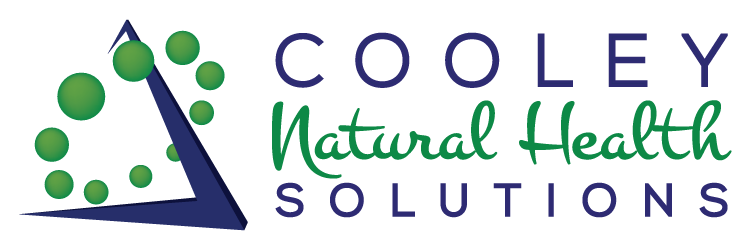Movement
Movement & Exercise
My practice emphasizes addressing neurological adaptations to injuries and biochemical stressors that impair health. From a clinical standpoint, they are the most important aspects of the treatment process. However, in order to improve the health of my patients I need to get them moving well and moving often. When evaluating patients I am always concerned with how the patient is moving:
- Can they get up from a chair?
- Can they squat?
- Can they swing a golf club without pain or restriction?
Muscle testing findings and movement analysis should correlate. By addressing injuries and biochemical imbalances many movement impairments will improve without exercise. However, in order to decrease injury risk a person needs to have a strong functioning nervous system and they need to move with ease and efficiency. The body is meant to explore all of its available range of motion. Injury prevention is greatly enhanced when the body utilizes its full range of motion and can control the entire range of motion. Muscle testing is great at identifying and removing neurological stressors but in order to take your health to another level, exercise is required.
What type of exercises should I be performing?
Exercise is a very general term and most people need to rethink their approach to exercise. There are so many exercises that it can become an impossible task to choose what works best. To sort through all the options, here are 5 principles that motivate my exercise decision:
- Is it fun? This is the most fundamental aspect of any exercise program. You should enjoy your exercises, otherwise find something else. A lot of health benefits of exercise will be negated if you do not enjoy what you are doing or dread performing the activity.
- Am I engaged in the activity? So many of us perform exercises where we do not engage our brains and therefore we are missing out on one of the biggest benefits of exercise. You want to perform exercises that require thought and concentration. For example, mindlessly pushing a cybex machine is not as engaging as performing a dumbbell press on a stability ball.
- Is there a goal in mind? Like anything in life it is key to set up goals, but this is especially true for exercise. Whether your goal is to run a marathon or simply be able to get up from the ground more easily, it is key to keep the end goal in mind when performing exercises. Ask yourself this question while you are exercising and you may find that your time is better focused elsewhere.
- Does this exercise require multiple muscle groups? This question is best answered by looking at an example. The bench press is a fine exercise for building strength in the upper body, however, I would rather perform pushups that require not only upper body strength but lower body stability.
- Is the movement performed natural? I try to encourage the most natural lifestyle possible for our unnatural environment. This means eat little process food, avoid sitting throughout the day, and try to avoid drugs and medications whenever possible. Exercise is no different, try and perform exercises that are based on natural movements. For example, I would rather have a patient go for a walk then go on an elliptical or a bike. I would consider the following activities natural movements:
- Walking, Running, Crawling
- Swimming, Jumping, Balancing
- Climbing, Lifting, Carrying, and Throwing
The above list is not all inclusive and there are other natural movements. However, the more you can incorporate these movements into your exercise routine you will find that you have a healthier mind and body.
